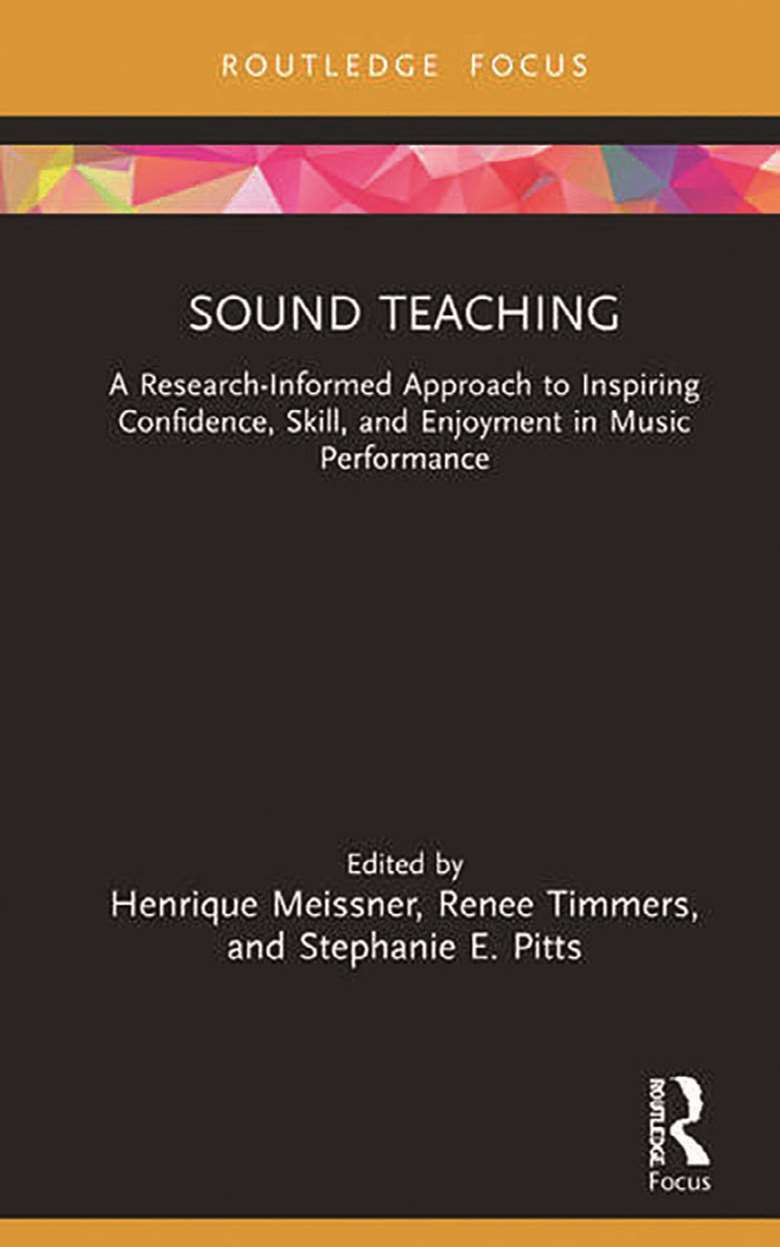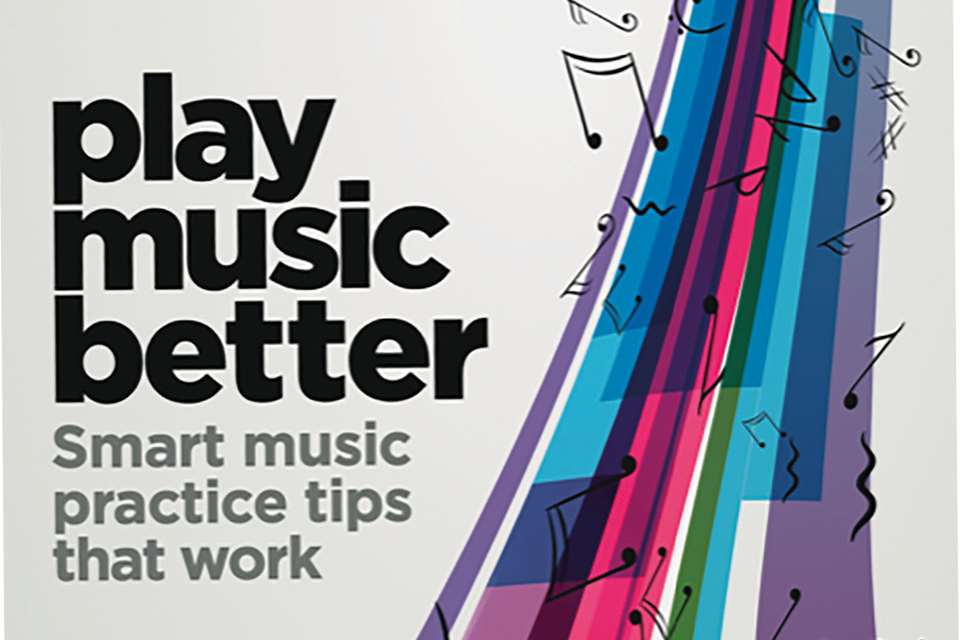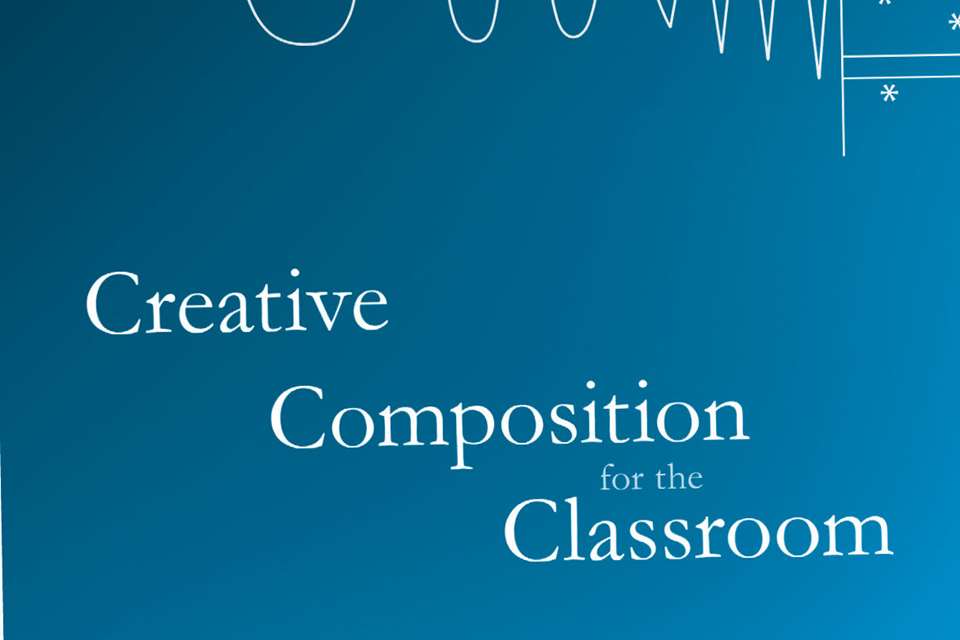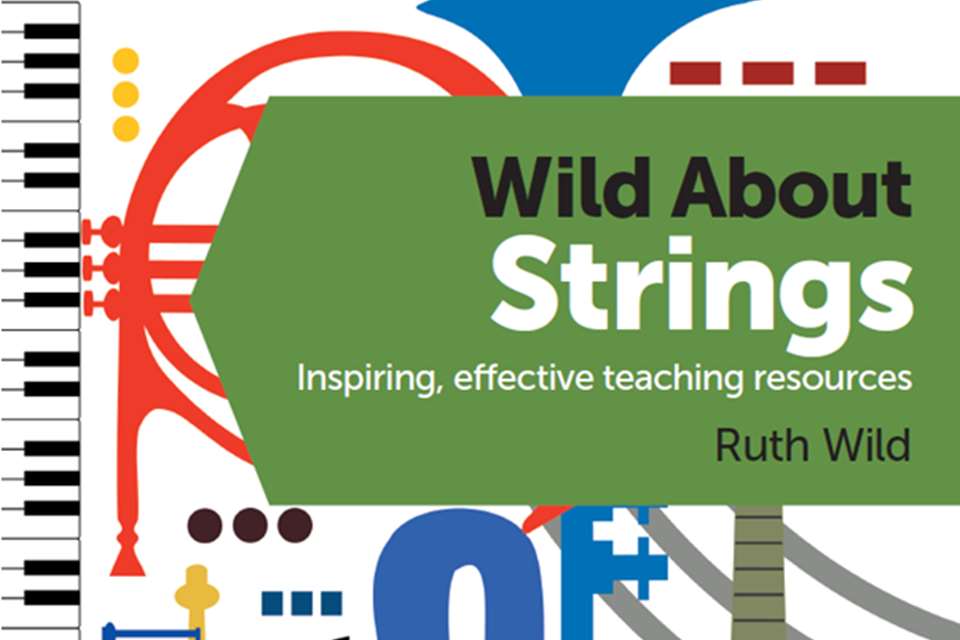Book Reviews: Sound Teaching
Anita Datta
Thursday, September 1, 2022
Anita Datta takes a look at Sound Teaching: A Research-Informed Approach to Inspiring Confidence, Skill, and Enjoyment in Music Performance, edited by Henrique Meissner, Renee Timmers, Stephanie E. Pitts, published by Routledge.

Most music teachers learn their craft by trial and error. PGCE training and other forms of pedagogical qualification offer general principles, but the affective, personal, subjective and creative nature of music-making has never fit well within the systematic, broad-church approach to general pedagogical training. Sound Teaching seeks to bring together teachers and researchers in an exploration of the most effective methods for teaching musical skills, informed by sound research.
The collection is derived from a conference where practitioners shared knowledge, ideas and experience, and the book seeks to reproduce this tone of open conversation between invested parties committed to teaching and performing music. In this, the contributors are largely successful, and the book reads easily in a jargon-free flow that makes direct suggestions for how to translate the research findings into practice. The short chapters each follow a summary of the research with a prose conclusion that is oriented towards ‘Implications for Practice’ and finally a list of bullet points summarising the ‘Main Points’ of the article in the same vein. Teachers who are more interested in practical inspiration for new approaches to teaching particular musical skills than in the process of the research will benefit from orienting their attention towards these summaries. Since each chapter stands alone, readers may start with chapters more closely aligned with their own areas of interest before dipping into others.
The collection is to be commended for a learner-centred approach that privileges a holistic, qualitative, participatory approach to musical learning and performance. It is to be praised for investigating the most effective methods for teaching a range of musical skills and behaviours that are often considered to be a matter of innate aptitude, ‘instinctive’, or otherwise mysterious. The second section of the book, ‘Developing Specialist Musical Skills’, undertakes an analysis of the best methods of teaching expressivity in music, of teaching students to perceive and manipulate timbre in keyboard instruments, and how to teach improvisation, especially in formal Western Classical styles such as baroque invention. In some cases, as with the chapter on expressivity, familiar tools from good teaching practice re-emerge – in this case, the use of open questions in dialogue with the student. In others, preconceptions about particular teaching methods are also challenged. For example, modelling is found to be extremely important to teaching both expressivity and timbre, and the researchers urge teaching practitioners to re-evaluate their often unsupported anxieties about such methods.
Wider conversations may be sparked by some of the more unconventional assertions made as a result of research findings. For example, Ayerst finds that the most significant barrier to his progress as an improviser lies within the normative values and culture of Western Classical music, and claims that if these are unchallenged, certain specialist skills will remain out of grasp for teachers and students alike. The final section of the volume also raises key questions about the broader psychological impact of ‘conservatoire culture’ in music practice and performance. Centring enjoyment and engagement with music-making, it explores ways of working with deaf/Deaf and Hearing Impaired students, alongside the teacher's role in enhancing students’ experience of performing and the management of performance anxiety.
Sound Teaching also offers useful advice and paradigms for teaching musical and ensemble skills to large groups, a common configuration in music education. Chapter 3 explores models of teaching and learning traditional Scottish music through predominantly aural methods, while Chapter 8 reframes conducting as a teaching (rather than a leadership) activity, exploring how the quality, content and delivery of conductors’ verbal feedback affects amateur adult singers. Chapter 7 meanwhile explores the phases of development of small solo voice ensembles over the course of the rehearsal period, affording insight into how the appropriateness of different kinds of pedagogical intervention may vary depending on the stage the ensemble is at in their own timeline as a group, rather than taking each rehearsal session as a discrete unit that is similar to any other.
Sound Teaching is an accessible and useful resource for considering how we might teach music more effectively, and perhaps more musically. In centralising qualitative experiences of learning, performing, and enjoying music, music teachers may be inspired to try out new techniques for supporting students to develop musical skills and, most importantly, for enhancing their enjoyment of music.
Further research and information from the contributors to this volume can be found at mmm.sites.sheffield.ac.uk/home








